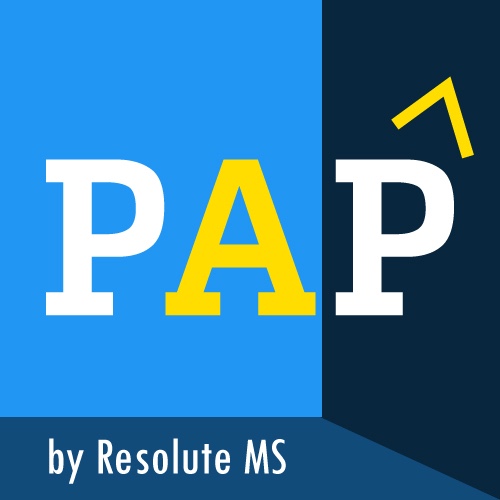

CRM stands for Customer Relationship Management. It’s a technology used to manage interactions with customers and potential customers. A CRM system helps organisations build customer relationships and streamline processes so they can increase sales, improve customer service, and increase profitability.
Material requirements planning (MRP) is a planning and control system for inventory, production, and scheduling. MRP converts the master schedule of production into a detailed schedule, so that you can purchase raw materials and components. Used mostly in the manufacturing and fabrication industries, this system is a push type of inventory control, meaning that organizations use forecasting to determine the customer demand for products. The manufacturing or fabrication company will forecast the amount and type of products they will purchase, along with the quantity of materials to produce them. They then push the products to the consumers. This contrasts with a pull system, where the customer first places an order. The main disadvantage of a push system is its vulnerability when sales vary. In this scenario, the forecasts become inaccurate, which for manufacturing, cause either a shortage of inventory or an excess of inventory that requires storage.
Supply chain management (SCM) is the optimization of a product’s creation and flow from raw material sourcing to production, logistics and delivery to the final customer.
The Financial Risk Manager (FRM) designation is an international professional certification offered by the Global Association of Risk Professionals (GARP). The FRM® Certificate has been adopted by companies as a benchmark to ensure their risk management employees are well versed in the latest financial risk concepts. The Certificate identifies risk professionals that are qualified to provide competent advice based on globally accepted industry standards and who are committed to personal professional development and ensures that they possess the body of knowledge necessary for independent risk management analysis and decision making
Human Resource Management is the process of recruiting, selecting, inducting employees, providing orientation, imparting training and development, appraising the performance of employees, deciding compensation and providing benefits, motivating employees, maintaining proper relations with employees and their trade unions, ensuring employees safety, welfare and healthy measures in compliance with labour laws of the land and finally following the Orders / Judgements of the concern High Court and Supreme Court, if any.

